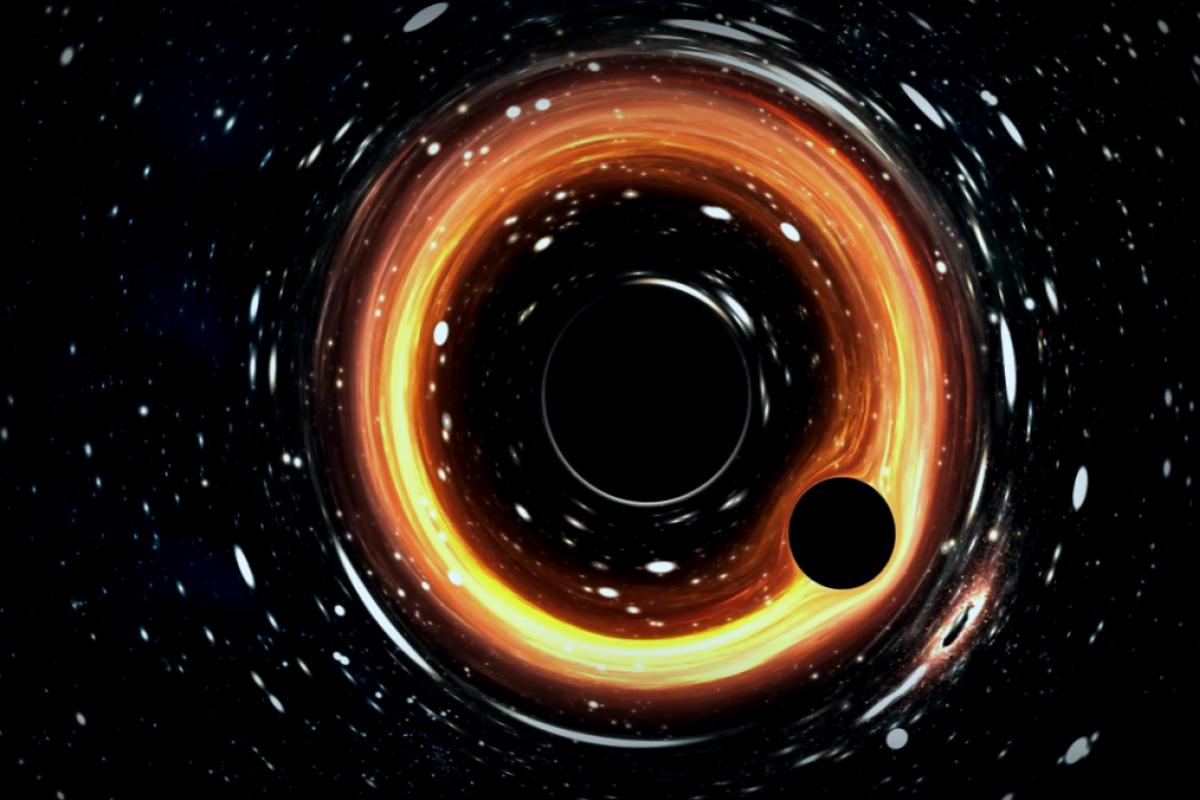Have you ever wondered about the secrets that tiny black holes might hold? A recent study proposes that these little guys, known as ‘black hole morsels’, could emerge from intense collisions in the universe and offer fresh insights into the quantum world of space and time.
What’s more, scientists think we might even be able to detect these morsels with our current technology. According to the research published in Nuclear Physics B, the signals from these unique objects could be within reach of today’s observational tools.
Francesco Sannino, a theoretical physicist from the University of Southern Denmark and co-author of the study, shared some exciting news. “If these objects exist, it’s possible we could measure their radiation using the gamma-ray observatories that we already have,” he told Live Science.
Diving Into Black Hole Mysteries: The Role of Hawking Radiation
A big question in physics is how gravity behaves on a quantum level. This study dives into that mystery, proposing that the faint glow from tiny black holes formed after substantial cosmic collisions could shed light on this subject.
The idea originated from Stephen Hawking’s groundbreaking work in the 1970s, which suggested that black holes aren’t completely black. Instead, they can emit a type of radiation—now known as Hawking radiation—due to quantum effects at the black hole’s event horizon. While massive black holes produce negligible radiation (almost undetectable), the story is quite different when it comes to these smaller black holes.
“Black hole morsels are tiny black holes formed when bigger black holes merge,” Gacomo Cacciapaglia, a senior researcher at the French National Centre for Scientific Research (CNRS) and a co-author, explained in an email. “These morsels are significantly smaller and comparable to asteroids in mass—even hotter because of the connection between their size and temperature.”
Because of their higher temperatures, these morsels would evaporate faster, releasing high-energy particles like gamma rays and neutrinos. The analysis from the research team suggests this radiation might produce unique signals, potentially detectable by modern instruments.
A Step Towards Understanding Quantum Gravity
So far, no one has spotted these morsels, but the researchers believe there’s a good chance they might exist. “The concept is inspired by processes observed in neutron star mergers,” noted Stefan Hohenegger, senior researcher at the Institut de Physique des Deux Infinis de Lyon and co-author of the study. “It’s supported by models from string theory and beyond-General Relativity frameworks.”
In these extreme conditions, scientists speculate that tiny black holes could be generated during the merger process. If they do exist, they would likely vanish through Hawking radiation over varying time spans, from milliseconds to a few years, depending on their mass.
The detection of this radiation could open doors to revolutionary discoveries. As Sannino points out, “Hawking radiation carries clues about the underlying quantum makeup of spacetime,” which may shine a light on gaps in the Standard Model and lead to uncovering potential unknown particles or dimensions.
Finding black hole morsels could serve as a natural way to probe physics that goes far beyond what is achievable with even the largest particle colliders today.
The signature of a black hole morsel could manifest as a delayed burst of gamma rays scattering in various directions—not to mistake with traditional gamma-ray bursts that usually focus in one direction.
Scientists are optimistic about current instruments like the High Energy Stereoscopic System (HESS) in Namibia, the High-Altitude Water Cherenkov Observatory (HAWC) in Mexico, and the Large High Altitude Air Shower Observatory (LHAASO) in China being capable of catching these high-energy signals. “Several instruments are already probably sensitive enough to detect them,” noted Hohenegger.
The researchers have even analyzed existing data from HESS and HAWC to set upper limits on the mass that could be produced during known black hole mergers. This has provided an initial observational benchmark for these exotic possibilities.
“If black hole morsels form during collisions, they would release a burst of gamma rays connected to their masses,” Cacciapaglia stated. This analysis highlights how these unique signatures can grant experimental access to explore quantum gravitational phenomena.
Looking Ahead: What’s Next for Black Hole Research
This study makes a compelling argument for the existence of black hole morsels, but many questions linger. We still have a poor grasp of their formation conditions, and complete simulations that could model them at necessary scales are lacking. Yet the team is hopeful.
Future research aims to fine-tune the theoretical models surrounding these morsels and broaden the analysis to include more realistic distributions of mass and spin. They are also eager to work with observational astronomers to conduct focused searches in historic and future datasets.
“We believe this line of research can unveil the quantum nature of gravity and the structure of spacetime,” Hohenegger explained.
If black hole morsels are indeed out there, not only could they light up the night sky with extraordinary radiation, but they might also provide answers to some of the most puzzling questions in physics.



















